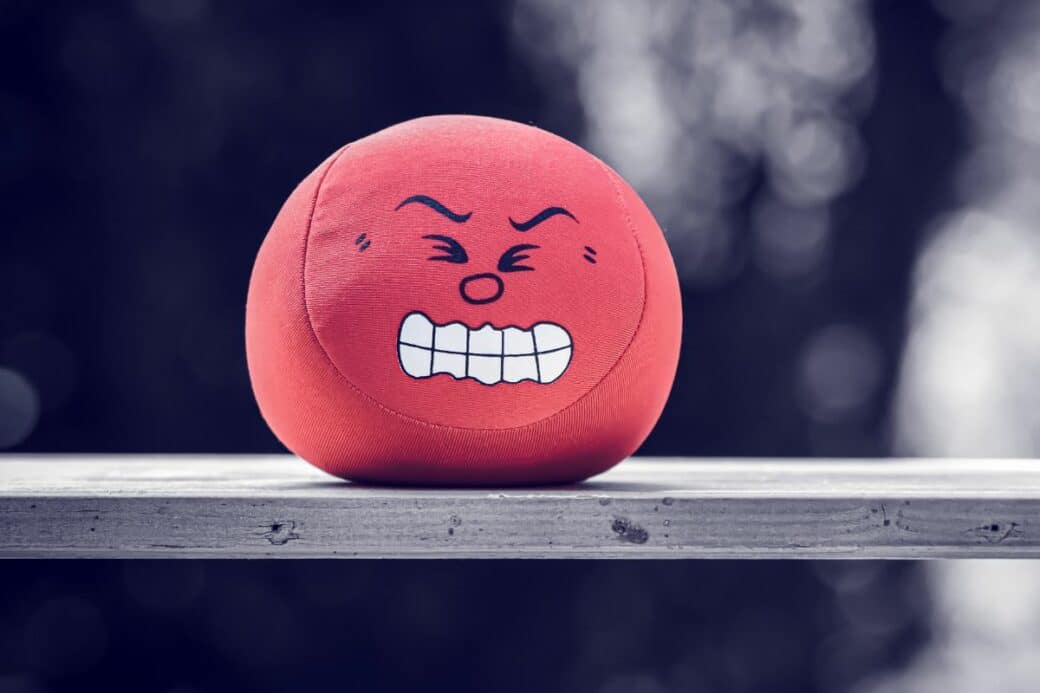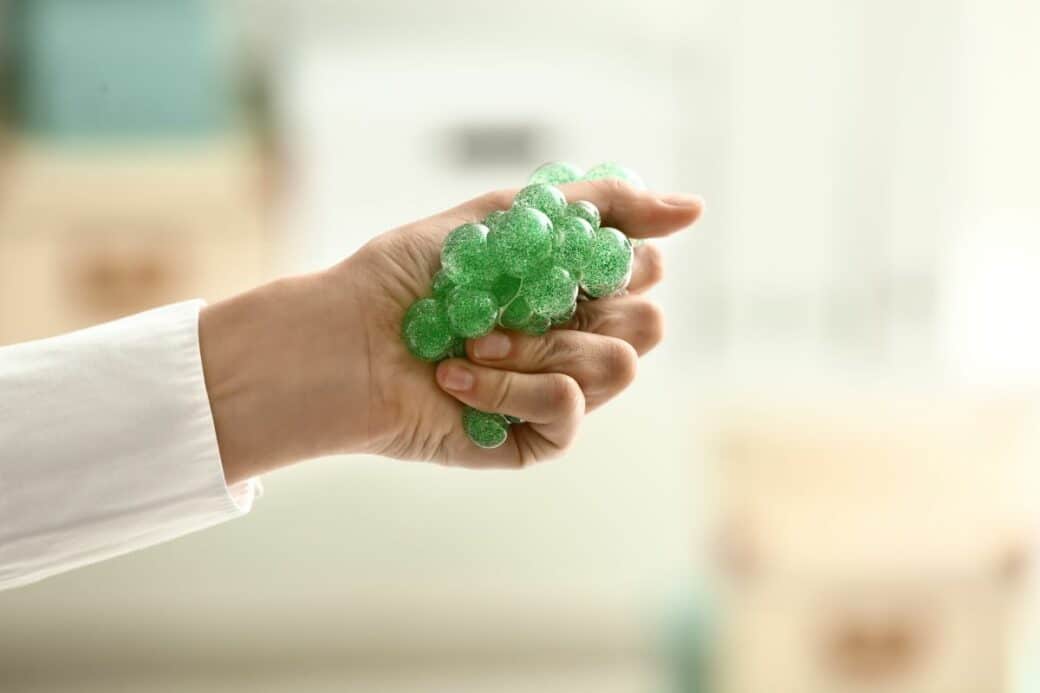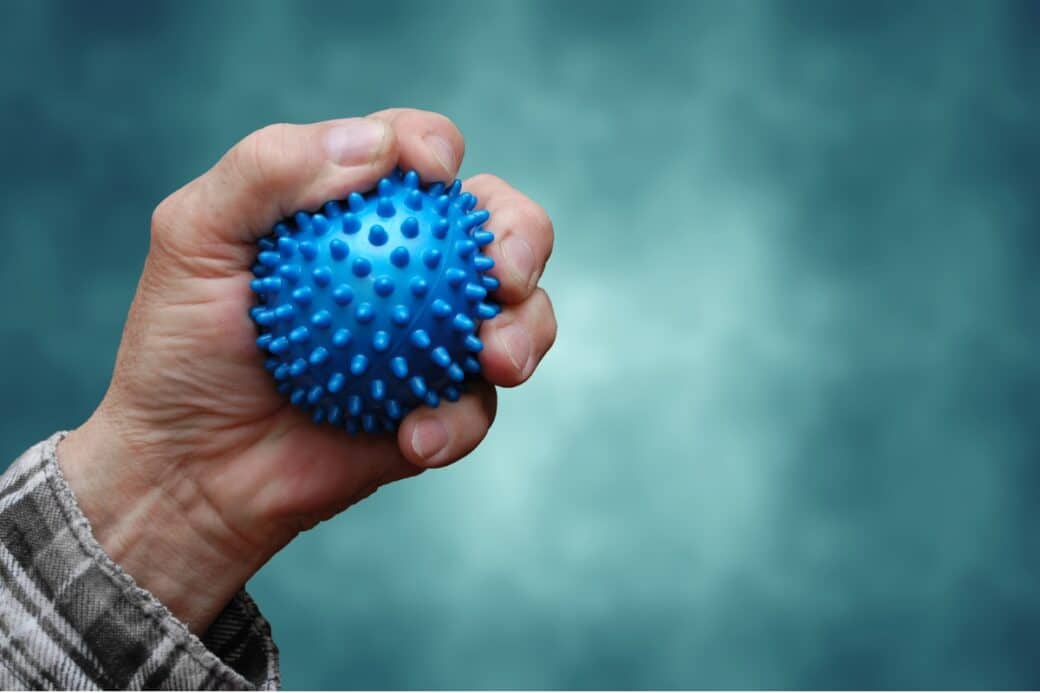In a fast-paced world filled with deadlines and constant pressure, stress can often be overwhelming. To combat this, many individuals turn to stress balls as a way to find some relief. However, have you ever wondered if these seemingly harmless objects can actually pose a risk? In this article, we will explore the intriguing question of whether stress balls have the potential to explode, and share some important tips on how to prevent this unexpected occurrence. So, settle in and let’s unravel this mystery together!

Can Stress Balls Explode: Understanding Stress Balls
What is a stress ball?
A stress ball is a small, handheld object that is designed to be squeezed and manipulated to help relieve stress and tension. They often come in various shapes and sizes, but the most common form is a ball. Stress balls are typically made of a soft, pliable material that is comfortable to grip and squeeze.
Components of a stress ball
Stress balls are typically made of a flexible outer shell and filled with various materials. The outer shell can be made of rubber, foam, or gel-like materials, providing a soft and squishy texture. The filling can consist of foam beads, shredded foam, or even rice. Some stress balls also have an additional layer of fabric or mesh, which adds texture and enhances the grip.
How do stress balls operate?
When you squeeze a stress ball, the pressure applied by your hand causes the materials inside to compress. This compression helps to release tension and reduce stress. As you release your grip, the materials inside the stress ball expand back to their original shape. This repeated squeezing and releasing can create a soothing rhythm that promotes relaxation and stress relief.
The Possibility of Stress Balls Exploding
Can stress balls truly explode?
While stress balls are generally safe to use, there have been rare instances where stress balls have exploded. However, it is important to note that such incidents are extremely rare and typically occur under specific conditions, which will be discussed further.
Reported cases of stress ball explosions
There have been a few reported cases of stress balls exploding, usually when they are subjected to extreme conditions or inappropriate use. These incidents are few and far between, but they serve as a reminder of the importance of understanding the potential risks associated with stress balls.
Factors that can lead to stress ball explosion
Stress ball explosions are generally caused by excessive force or pressure being applied to the ball. This can occur if the ball is repeatedly squeezed with excessive force or if it is subjected to high temperatures, punctures, or other types of damage. It is essential to handle stress balls properly and avoid exposing them to conditions that could lead to explosions.

The Science Behind Stress Ball Explosions
Physics principles at play
The science behind stress ball explosions lies in the principles of physics. When a stress ball is squeezed, the increase in pressure inside the ball causes the materials to compress. If the pressure inside the ball becomes too high or exceeds the limits of the materials used, the ball may rupture or explode.
Role of pressure in stress ball explosion
Pressure plays a crucial role in stress ball explosions. As you squeeze a stress ball, the force applied by your hand increases the internal pressure within the ball. If the materials and structure of the ball cannot withstand this pressure, it may result in an explosion or rupture.
Understanding high and low-pressure areas within a stress ball
Inside a stress ball, there are high-pressure and low-pressure areas created when it is squeezed. The high-pressure areas are where the materials are compressed, while the low-pressure areas are where the materials are less compressed. Achieving a balance between these pressure areas is essential to prevent stress ball explosions. Manufacturers must carefully design stress balls to ensure they can withstand the pressure fluctuations caused by repeated squeezing.
Material Used in Stress Balls
Common types of material used
Stress balls are made from a variety of materials, each offering different properties and characteristics. The most common materials used include rubber, foam, and gel-like substances. Rubber stress balls are durable and provide a good grip, while foam stress balls are softer and more pliable. Gel-filled stress balls offer a unique sensation and can be chilled or heated for added therapeutic benefits.
Durability of materials
The durability of stress ball materials varies depending on the type of material used. Rubber stress balls are known for their durability and can withstand frequent use and squeezing. Foam stress balls, while softer and more squishy, may be more prone to wear and tear over time. Gel-filled stress balls can also be durable if made with high-quality materials. It is essential to choose stress balls made from durable materials to reduce the risk of damage or explosions.
Risk factors associated with different materials
While all materials used in stress balls have their advantages, it is crucial to consider the associated risk factors. Rubber stress balls may have a higher risk of bursting if subjected to extreme force. Foam stress balls may tear or lose their shape over time, posing a risk of choking if small pieces break off. Gel-filled stress balls can rupture if punctured, potentially causing leaks that may be harmful if ingested. Understanding these risks can help you make an informed choice when selecting a stress ball.
Recognizing Damaged or Risky Stress Balls
Signs of wear and tear in stress balls
Over time, stress balls can show signs of wear and tear. Some common indicators of damage include cracks, tears, or holes in the outer shell. If the stress ball has lost its original shape or become misshapen, it may also be a sign of wear. Visibly worn stress balls should be replaced to ensure safety.
How to identify a damaged stress ball
To identify a damaged stress ball, thoroughly examine the outer shell for any visible signs of damage. Gently squeeze the ball to check for any unusual sounds or sensations that may indicate internal damage. If the stress ball feels lumpy or uneven, it may have structural damage. It is essential to replace damaged stress balls promptly to avoid potential accidents.
Risks associated with damaged stress balls
Using damaged stress balls can pose various risks. A compromised outer shell can lead to the leakage of filling materials, which may be harmful if ingested. A stress ball with internal damage can potentially rupture or explode, creating a safety hazard. To mitigate these risks, it is crucial to regularly inspect stress balls for damage and replace them as needed.
Quality Assurance and Stress Balls
Importance of Quality Control in Manufacturing
Quality control during the manufacturing process is crucial to ensure the safety and reliability of stress balls. Manufacturers must adhere to strict quality standards to produce stress balls that can withstand the forces applied during use. Regular testing and inspections help identify any manufacturing defects or weaknesses in the materials used.
Standards for Stress Ball Production
Various organizations and regulatory bodies establish standards for stress ball production to ensure safety. Manufacturers may follow guidelines set by these organizations, which outline specific quality requirements, material specifications, and safety regulations. Compliance with these standards helps to minimize the risk of stress ball explosions and ensure consumer safety.
How Quality Assurance reduces the risk of explosions
Implementing quality assurance measures significantly reduces the risk of stress ball explosions. Through rigorous testing and quality control processes, manufacturers can identify and rectify any potential flaws in the materials or construction of stress balls. Quality assurance also helps ensure that stress balls are designed to withstand the forces applied during regular use, reducing the likelihood of explosions or ruptures.
Proper Handling and Use of Stress Balls
How to use a stress ball correctly
To properly use a stress ball, hold it in the palm of your hand and gently squeeze it using your fingers and thumb. Apply enough pressure to feel the desired amount of tension relief, but avoid excessive force that could lead to damage or rupture. It is recommended to use stress balls for short periods and incorporate breaks to prevent overuse.
Mistakes to avoid when using stress balls
To prevent accidents or damage, it is essential to avoid certain mistakes when using stress balls. Do not throw or bounce stress balls, as this can result in impact damage or breakage. Additionally, do not subject stress balls to extreme temperatures, as this can weaken the materials and increase the risk of explosions. It is also important to avoid pulling or stretching stress balls excessively, as this can compromise their integrity.
Proper storage and maintenance of stress balls
To prolong the lifespan of your stress balls and ensure their continued safety, proper storage and maintenance are crucial. Store stress balls in a cool, dry place away from direct sunlight or high temperatures. Avoid storing stress balls near sharp objects or where they may be easily punctured. Regularly inspect stress balls for any signs of damage and promptly replace any worn or damaged ones.
Safe Alternatives to Stress Balls
Other types of stress relief toys
If you are concerned about the safety of stress balls, there are alternative stress relief toys available. Some popular alternatives include fidget spinners, hand exercisers, fidget cubes, and stress putties. These toys offer a similar tactile experience and can be just as effective in relieving stress and tension.
Safety ratings of alternatives
When considering alternative stress relief toys, it is important to research their safety ratings and reviews. Look for toys that have undergone rigorous testing and meet safety standards. Read reviews from other users to gauge their experiences and determine if any safety concerns have been reported.
Advantages and disadvantages of other stress relievers
Each alternative stress reliever has its own advantages and disadvantages. Fidget spinners, for example, are highly portable and provide a satisfying spinning sensation. On the other hand, stress putties allow for creative molding and stretching but may leave residue on your hands. Consider your personal preferences and needs to find the stress relief toy that suits you best.
Practical Steps to Prevent Stress Ball Explosions
Importance of regular maintenance
Regularly maintaining stress balls is crucial to prevent explosions and ensure safety. Inspect stress balls for signs of wear or damage, such as cracks, tears, or loss of shape. Replace worn or damaged stress balls promptly to minimize the risk of explosions. Establish a routine for stress ball maintenance to ensure the ongoing safety and effectiveness of your stress relief tool.
Recognizing when to replace stress balls
Knowing when to replace stress balls is essential for preventing unexpected explosions. If a stress ball shows visible signs of damage, such as cracks or tears, it should be immediately replaced. Even if there are no visible signs, be mindful of any unusual sounds or sensations when squeezing the ball, as these may indicate internal damage. It is better to err on the side of caution and replace stress balls that have been in use for an extended period.
Protective measures to avoid accidents
To further prevent accidents or explosions, there are additional protective measures you can take when using stress balls. Avoid squeezing stress balls near your face or other sensitive areas to minimize the risk of injury if an explosion were to occur. Utilize stress balls in areas where there are no delicate objects or valuables that could be damaged in the event of an unexpected explosion. By practicing safe usage, you can enjoy the benefits of stress relief while reducing the risk of accidents.
Legal Implications and Product Liability
Laws pertaining to product safety
Various laws and regulations are in place to ensure product safety, including stress balls. These laws aim to protect consumers from harm caused by defective or unsafe products. Manufacturers are responsible for producing stress balls that meet these legal requirements and are safe for use.
Product liability in case of stress ball explosion
In the rare event of a stress ball explosion causing injury or damage, product liability may come into play. Depending on the circumstances, the manufacturer, distributor, or retailer of the stress ball may be held responsible for the incident. Product liability laws vary by jurisdiction, but they generally aim to provide compensation for injury or damage caused by a defective or dangerous product.
Evaluating legal recourse in case of injury
If you or someone you know has been injured by a stress ball explosion, it is important to seek legal advice to evaluate your options for recourse. An attorney specializing in product liability can help assess the circumstances surrounding the incident and advise you on the appropriate legal steps to take. Remember to gather any evidence, such as photographs or medical records, to support your case.




